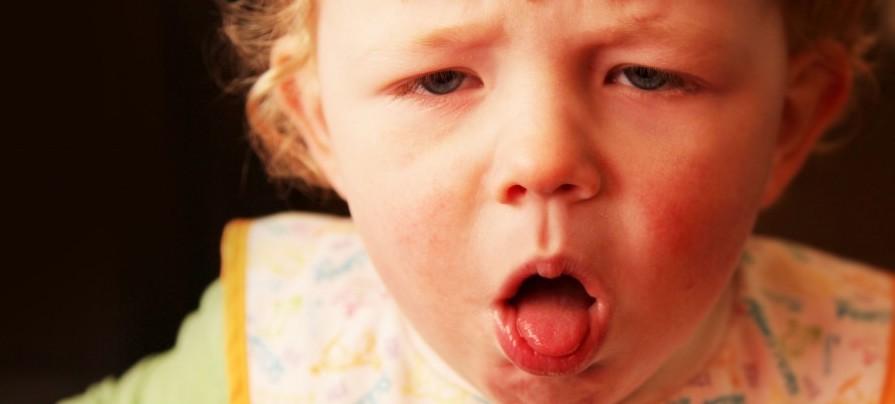
Cases of whooping cough have seen an eight-fold increase across nine Oregon counties, and state officials are encouraging people to get vaccinated.
A total of 178 cases of pertussis, commonly known as whooping cough, were reported to the Oregon Health Authority as of May 29.
That represents a 770% increase from the 20 cases reported by that date in 2023.
This year's numbers, however, in part reflect an end to social distancing during the pandemic. The curernt levels are similar to figures seen during the immediate pre-pandemic years -- including 2019 (when there were 93 cases) and 2018 (when there were 248 cases).
Whooping cough is cyclical. During the pandemic, people were masked and distanced and took other precautions. Before the pandemic, however, whooping cough peaked every three to five years.
A total of 910 cases were reported in 2012 -- the highest annual count since 1953.
“Our concern is with how quickly we jumped to such a high number of pertussis cases, which tell us that the disease is doing what it does best -- spreading fast and taking a greater toll on under-vaccinated persons," Dr. Paul Cieslak, the medical director for communicable diseases and immunizations at the Public Health Division, said in a May 30 announcement.
Lane County leads the state with 64 reported cases of whooping cough.
Other counties experiencing spikes in whooping cough include Multnomah (with 41 reported cases), Clackamas (with 33 reported cases), Deschutes (with 15 reported cases), Washington (with 13 reported cases) and Jefferson (with eight reported cases).
Three other counties have reported cases. School-age children and adolescents account for 92 cases, about half the total. And only about half of those cases involved youths who were up to date with recommended vaccinations.
Infants are at highest risk of severe illness and death. They also have the highest reported rate of pertussis. Between 2003 and 2023, infants accounted for 12% of cases and 76% of hospitalizations.
Five infants have died from whooping cough since 2003, accounting for all the fatalities,
Babies too young to have been fully vaccinated are most likely to be hospitalized.
Cieslak said that pregnant women can protect their babies by getting the DTaP vaccine. The vaccine protects against tetanus, diphtheria and pertussis at 27 to 36 weeks of gestation.
The mothers make antibodies and pass them to their babies across the placenta, protecting them starting at birth. Among the 16 infant cases reported in Oregon so far in 2024, only one mother had a documented dose of Tdap during her pregnancy.
Cieslak said when an infant or pregnant woman shares a household with someone with whooping cough, everyone in the household should receive a course of antibiotics effective against Bordetella pertussis -- typically a five-day course of azithromycin.
Vaccination against pertussis is routinely recommended for infants, children, adolescents and adults, said Cieslak.
Children should receive the DTaP vaccine against diphtheria, tetanus and pertussis at 2, 4, 6 and 15 to 18 months, and again at age 4 to kindergarten, he said.
Everyone ages 10 and older should receive a single dose of DTaP, he added.
In addition to being called whooping cough, pertussis is also known as the 100-day cough. Initial symptoms are usually similar to those of the common cold with a runny nose, fever and mild cough.
However, those symptoms are followed by two or three months of severe coughing fits. Whooping cough got its named from the high-pitched whooping sound or gasp that may occur when the person breathes in.
A 1932 outbreak of whooping cough in Atlanta, Georgia, prompted pediatrician Leila Denmark to begin development of a vaccine over the next six years in partnership with Emory University and Eli Lilly & Company. Denmark died in 2012 at the age of 114.
